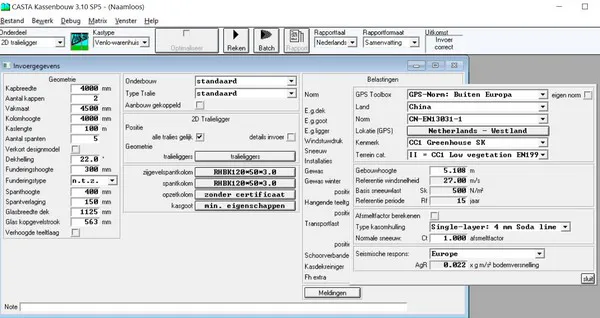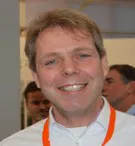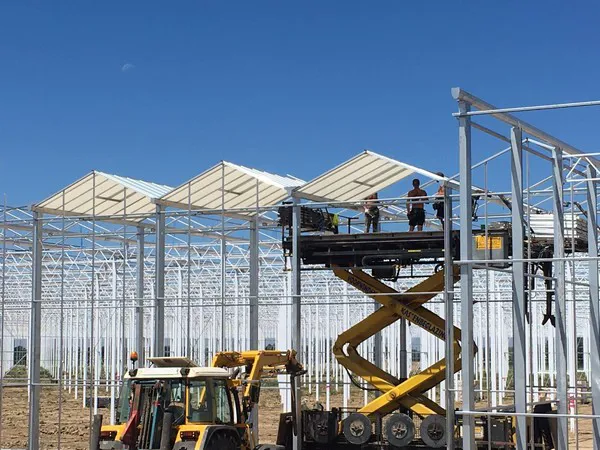From small tropical islands to mountaintops: greenhouses can be found everywhere these days. Before the construction teams get on a plane or take the car to go to a location, however, a lot of work has already been done. Most of it is computer work and calculations. For this purpose, greenhouse builders use CASTA/Kassenbouw, a software programme developed by TNO.
The programme is issued under licence by the Hortivation foundation. This foundation was set up in the past by the AVAG and focuses on technical innovations and knowledge management.
This year, the programme incorporates the latest EU greenhouse construction standard (EN 13031-1). Due to the strong international expansion, there is now also great interest in adding the standards of non-European countries to CASTA.

Click here to enlarge the screenshot from CASTA
"In those countries no greenhouse construction standard is the norm," says Egon Janssen, the greenhouse construction man within TNO (photo below). That is why greenhouse builders like to fall back on CASTA. "On the one hand, simply because after incorporating the EN standard into the software, the building regulations are now also available in English", Egon laughs. "But mainly because the standards are now no longer specifically aimed at the Netherlands, but also make a more generic approach possible. After all, building in other countries also requires other solutions."
 The cooperation between the Hortivation foundation and TNO has led to a cast-iron product in which practice and science come together, Egon says. "We at TNO can focus entirely on the further development while Hortivation issues the licences, organises courses, etc."
The cooperation between the Hortivation foundation and TNO has led to a cast-iron product in which practice and science come together, Egon says. "We at TNO can focus entirely on the further development while Hortivation issues the licences, organises courses, etc."
Difficult to compare
Greenhouse builders abroad have to deal with different, often more extreme, climates. "The main factors to consider are indeed wind and snow," Egon confirms. "And earthquakes. We also have these in the Netherlands, but here they are not nearly as powerful as they are internationally."
For earthquakes, Egon sees that in greenhouse construction there is a return to a European approach on the one hand and an American one on the other. "How you measure earthquakes is the same everywhere. You do see, however, that there is a different view on what is safe and what is not." In Europe, the standards correspond to what is common in non-residential construction. "The approach to building apartment blocks, for example, has been used to make a greenhouse construction standard."
Historical data
The Dutch 'strategy' in the field of greenhouse construction standards is to make the European standard, with many Dutch influences, applicable in as many countries as possible worldwide. "We help greenhouse builders to go to the authorities internationally with the standard and show that everything will be built properly and will be safe." Here, too, the cooperation in Hortivation helps. "We as TNO have the knowledge but the CASTA users know the practice. By bringing this together you are constantly working on a better programme."
In the long term, Egon expects further standardisation to follow internationally. He currently distinguishes two tracks here. "On the one hand, we are trying to get support for a worldwide ISO standardisation and on the other hand, we are also working on a GPS Global method. In this method, it is possible to make a prediction of what is needed based on historical data of the location where you are building. You then look, for example, at figures on snowfall and wind speeds from the past forty years to make a prediction about what a greenhouse will have to endure in the future."

The GPS Global approach is currently already in CASTA, but still purely informational. This means that greenhouse builders can check whether their designed construction will also match what can be expected from weather extremes based on historical data. The ultimate aim is to incorporate the GPS Global approach into the worldwide ISO greenhouse construction standard. Egon: "But that will take another five years."
For more information:
Egon Janssen
TNO
egon.janssen@tno.nl
+31 (0)6 53 46 76 64
www.tno.nl
Stichting Hortivation
info@hortivation.nl
www.hortivation.nl
